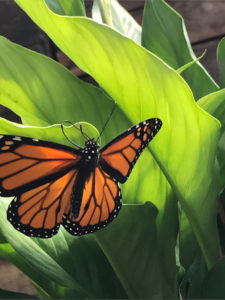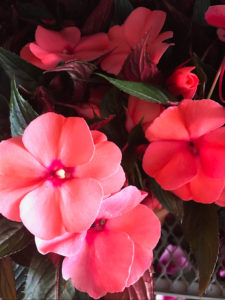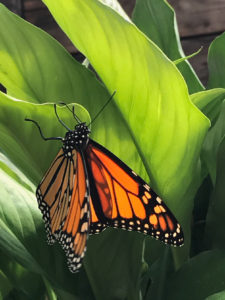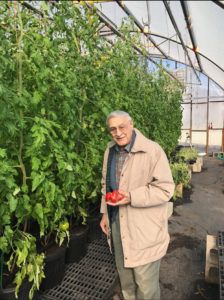 It may sound obvious, but not everything grows everywhere, so what you plant is determined by where you live. “Take a look at the characteristics of your garden area—from the climate to sun exposure,” says Brian Sullivan, Vice President for Gardens, Landscape, and Outdoor Collections at The New York Botanical Garden. “It’s the most important thing to start with because you’ll want to understand the limits and the possibilities.”
It may sound obvious, but not everything grows everywhere, so what you plant is determined by where you live. “Take a look at the characteristics of your garden area—from the climate to sun exposure,” says Brian Sullivan, Vice President for Gardens, Landscape, and Outdoor Collections at The New York Botanical Garden. “It’s the most important thing to start with because you’ll want to understand the limits and the possibilities.”
Talk to someone who works at your local garden center about the best native plants for your region, says Chris Lambton, professional landscaper and host of DIY Network’s Yard Crashers. “These will perform the best with less maintenance.”

 “Give a consistent and ample amount of water,” says Sullivan. “’Consistent’ means you’re doing it on a regular basis and ‘ample’ means enough, which varies from plant to plant. Make sure the water penetrates the soil as opposed to just putting a little bit on the surface.” Newer plants will need to be watered more frequently because their root systems aren’t completely developed. As for the best time of day, Lambton suggests early morning before it gets too warm so the plant can really soak up the water. If you water in the evening, your plants might be more prone to fungus and other diseases
“Give a consistent and ample amount of water,” says Sullivan. “’Consistent’ means you’re doing it on a regular basis and ‘ample’ means enough, which varies from plant to plant. Make sure the water penetrates the soil as opposed to just putting a little bit on the surface.” Newer plants will need to be watered more frequently because their root systems aren’t completely developed. As for the best time of day, Lambton suggests early morning before it gets too warm so the plant can really soak up the water. If you water in the evening, your plants might be more prone to fungus and other diseases
